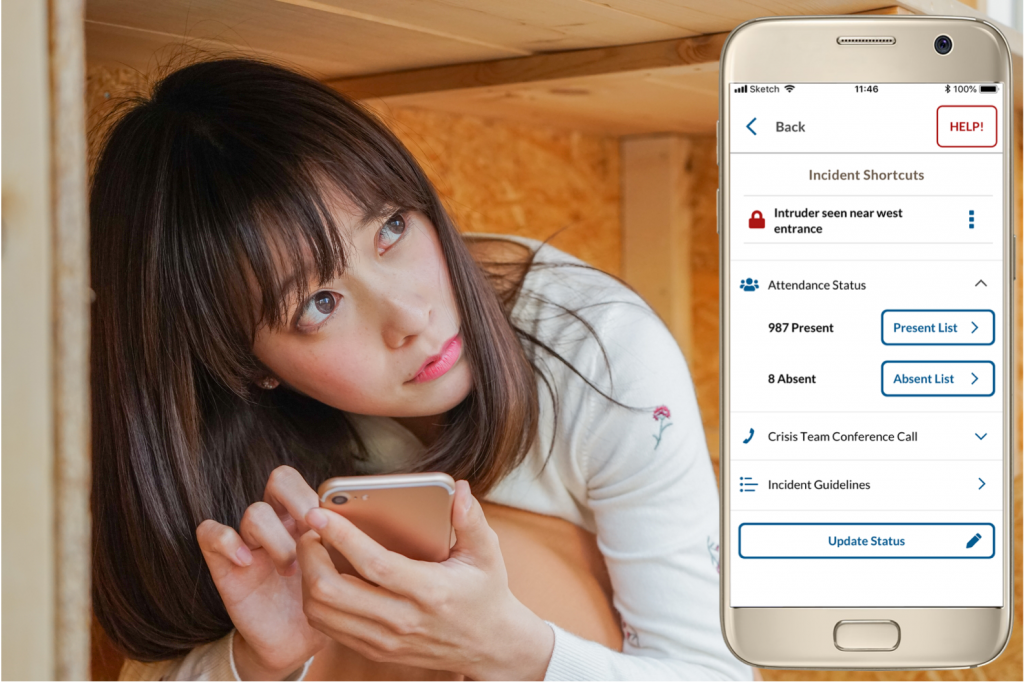Communicating Effectively during a Crisis

Communication is always important; however, during times of change or crisis, communication is critical. To ensure the right engagement within the community is created schools need to leverage people, processes, and tools.
The right approach and effective tools, such as an App, can be helpful in creating an environment where the community is positive, confident, and supportive.
Below are insights from schools all over the world:
Specific, trusted, and frequent communication
- Establish a vision of what the school is going to do and what is planned to achieve it – the school needs to be nimble and flexible adapting to the situation when moving forward, where safety and security of the students and staff are critical
- Create positive voices and word of mouth by updating early and often – start communicating before reopening (2 months for instance) on a regular basis (weekly for instance)
- Provide details on what is happening to give peace of mind / provide confidence
- Align processes and communicate holistically – coordinate overall school communications
- Provide facts – state what you know and do not speculate, be clear about what the schools is doing
- Create a trusted voice from the school by doing the above
Communicate through the right people
- Involve Parent Association or key members of the community to highlight we are all in this together
- Clarify roles and expectations, for example the community needs to be supportive and constructive while the school needs to be nimble
- Support the staff as they are the conduit to providing a safe and secure environment to students – consider offering well-being or emotional support during these challenging times
Communicate through the right channels
- Use an App as a primary means of communication to provide an efficient and effective way to communicate quickly and concisely
- Share information in manageable chunks by using appropriate channels – do this by focusing on purpose and target group, such as
- Messaging channels like own App, WhatsApp, WeChat, etc.
- Email is an alternative but often not checked regularly – so do not rely upon email alone to ensure important information has been received by everyone
- Intranet is useful for documenting information for the community, but relies upon people being proactive to look for how things work
- Avoid message overload – do not push every message in every channel
- Visualize change through videos on how things are planned to look like when the school reopens
Empathize with the audience
- Answer critical question of “What’s in it for me?” and “What does it mean to me?”
- Prevent rumors by addressing situations proactively – for example, clearly communicate with the community that if someone is potentially infected, it does not necessarily mean they have the disease.
- Privacy is important, ensure it is being protected
Prepare for frustration or resistance
- Respond quickly when change happens – be ready to communicate new procedures or situations
- Invite frustrated parents into discussion to avoid a negative environment remembering the community is generally positive and supportive
- Handle issues directly and empathetically
- Provide clear messages on what the school is doing
Encourage feedback
- Proactively ask for how things are going to facilitate a continuous improvement loop.
- Seek first to understand
- Ask “what is going well?”
- Encourage solutions by asking “what can be better if …?” to receive proposals from the staff and community
